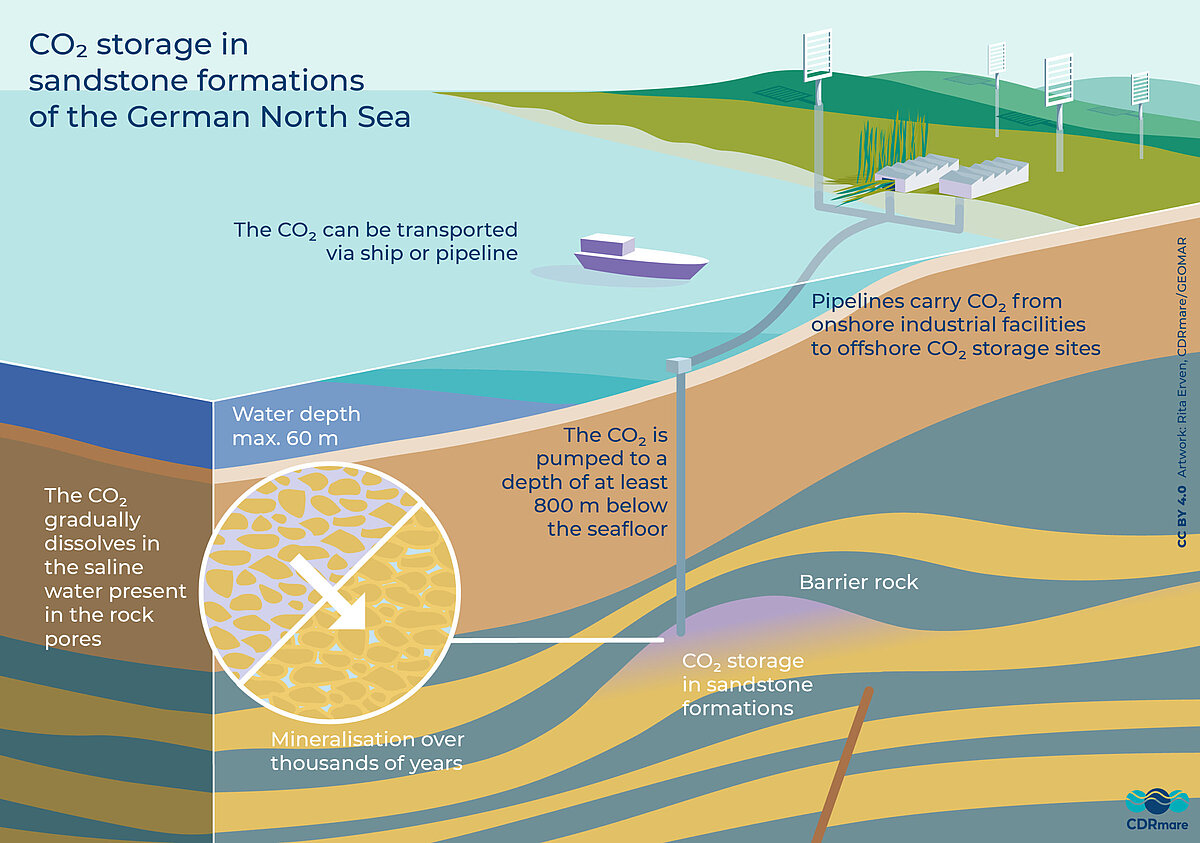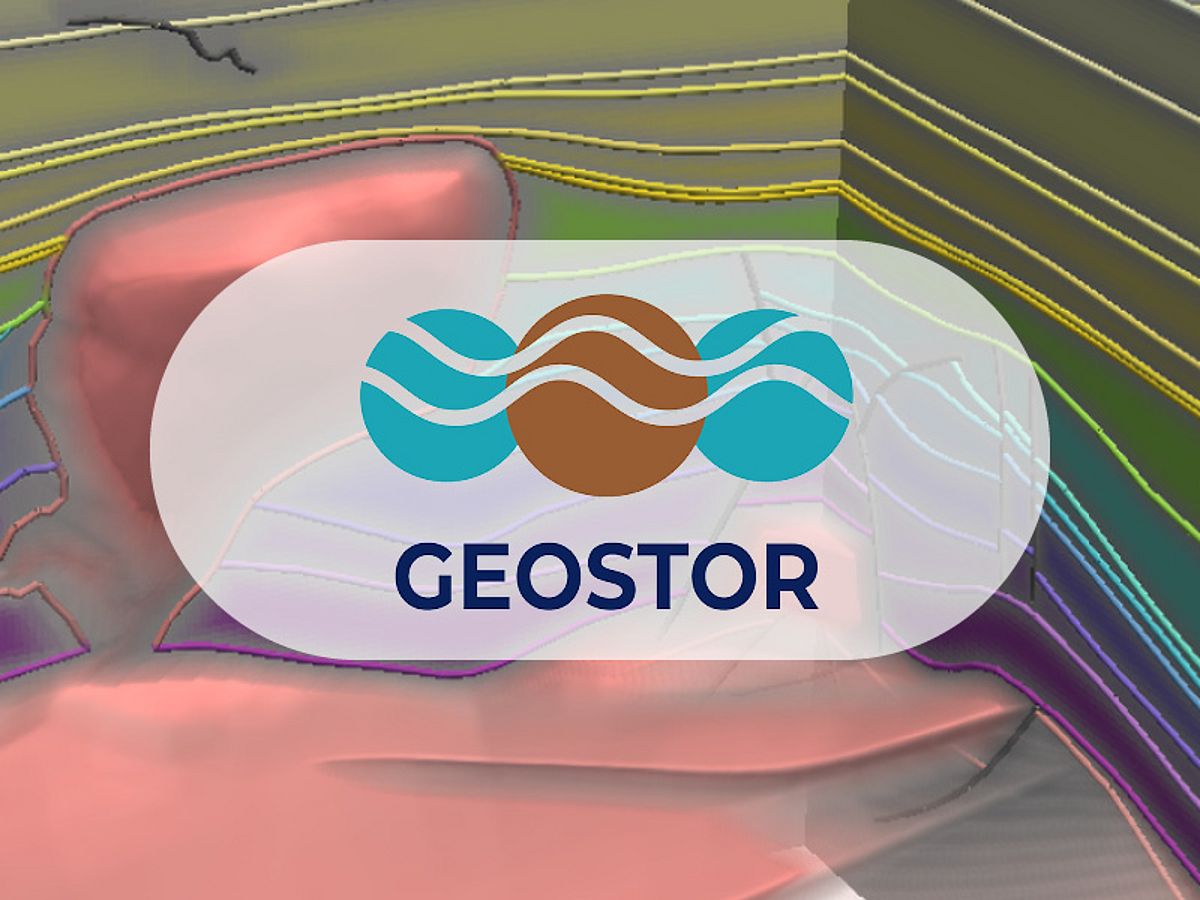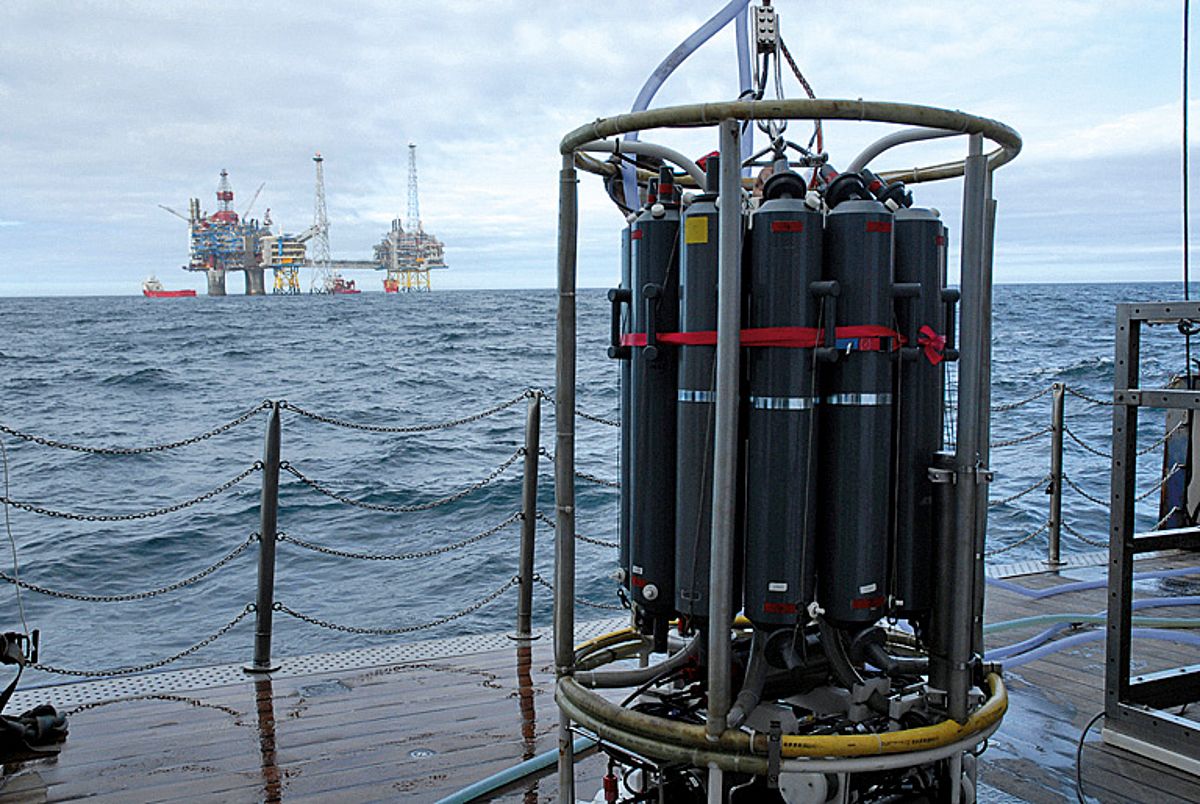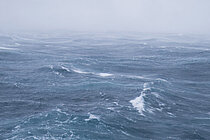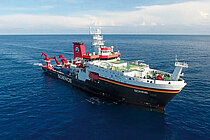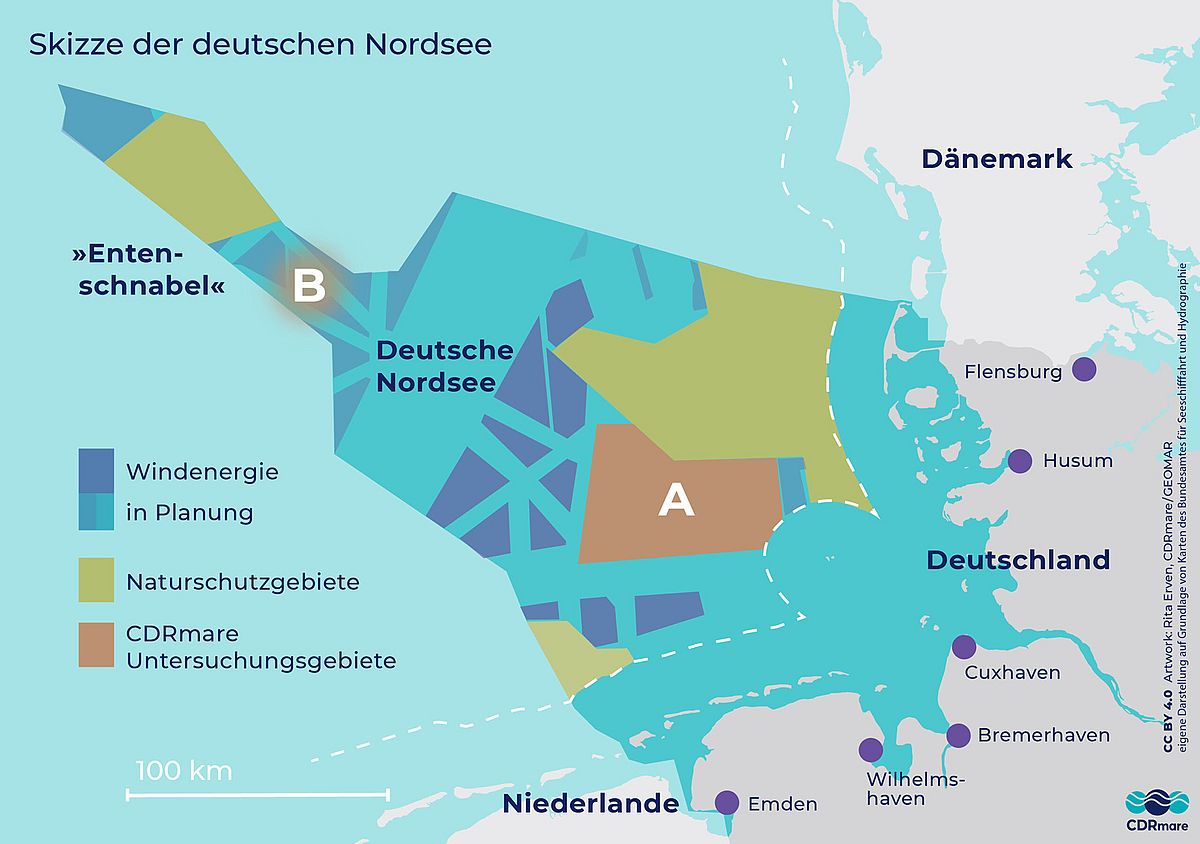Carbon Storage in the Seafloor
Carbon capture and storage (CCS) was developed to capture carbon dioxide released at large sources, such as coal or natural gas power plants, before it is released into the atmosphere. The CO2 is then injected deep underground into rock formations or into disused natural gas or oil fields. The CO2 reacts with the rock and is thus chemically neutralized. One example is the Sleipner project in the North Sea. In principle, CCS technology has been sufficiently researched and can be used thanks to the scientific work of recent years. However, in order to achieve the 1.5 degree goal, CCS plants with an annual capacity of several billion tons of CO2 would have to be available as early as 2030. This would require a whole series of new plants in the future. Since the storage of carbon dioxide in the ground is controversial, its use in many countries seems conceivable only if opportunities and risks can be analyzed in detail for each site through further research and social acceptance of the technology can be increased. Careful examination of the subsurface and selection of suitable storage sites takes at least ten years; another five years are needed to evaluate a specific facility and obtain the necessary permits. A responsible course of action for countries would therefore be to identify the potential for future storage of CO2 on their own territory today. In addition, concepts for practicable incentive, control and governance systems for carbon dioxide storage should be developed internationally.
GEOSTOR – Submarine Carbon Dioxide Storage in Geological Formations of the German North Sea
Carbon dioxide (CO2) emissions from industrial plants can be strongly reduced by CO2 capture and storage in deep geological formations. A large share of the storage capacity for CO2 in Europe is located in sandstone formations below the North Sea. Even though potential storage formations in the German Exclusive Economic Zone (EEZ) are only partly explored, the available estimations suggest that remaining anthropogenic emissions of German industries can be substantially reduced by capturing and storing CO2 below the seabed within the German North Sea sector. Against this background, the GEOSTOR consortium of the research mission CDRmare aims to find prospective areas for CO2 storage and design a roadmap for the implementation of CO2 storage within the German North Sea.
PERBAS: In search of safe carbon dioxide storage in offshore basalt rocks
![[Translate to English:] PERBAS-Logo](/fileadmin/_processed_/b/4/csm_csm_PERBAS_Logo_ba2b5e3ffb.jpg)
Because former oil and gas fields or sandstone formations are estimated to only reach half the required volume for marine storage of carbon dioxide, also basalt deposits are increasingly being tested for their potential suitability. PERBAS (Permanent sequestration of gigatons of CO2 in continental margin basalt deposits) aims to further investigate the technology of CO2 storage in marine basalt complexes and to provide the necessary framework parameters for industrial planning. To this end, ten companies and public research institutions from Germany, Norway, the United States of America and India are working together under the leadership of Dr. Jörg Bialas, marine geophysicist at GEOMAR Helmholz Centre for Ocean Research Kiel. The participating countries contribute a total funding of 3.6 million euros for three years. GEOMAR receives about 800,000 euros from the Federal Ministry for Economic Affairs and Climate Action for its contributions. In July 2023, all participants met at GEOMAR for the joint project launch.
► PERBAS-Factsheet: "Storing CO2 in flood basalts under the sea: options on a billion-ton scale"
ECO2 - Consequences of CO2 storage in the seafloor
In the long-term research project ECO2 (2011-2015), scientists at GEOMAR dealt with the risks and possible consequences of CO2 storage in the seafloor. The Norwegian company Statoil (now Equinor) has been storing CO2 above the Sleipner gas field in the Norwegian North Sea since 1996. Carbon dioxide, which is produced during natural gas extraction, is injected there into the so-called Utsira sandstone formation. Using this practical example, the researchers were able to verify very well the safety of submarine storage facilities. Large-scale investigations there and at old wells in the North Sea showed that for every million tons of gas injected into the subsurface, only about ten tons escape from the seafloor again, so the benefit of CO2 storage under the sea is significantly greater than the damage. In a follow-up project, STEMM-CCS, initiated by the UK National Oceanography Centre, one of the aims was to develop new tools and techniques for environmental monitoring and for monitoring, quantifying and assessing CO2 emissions.


